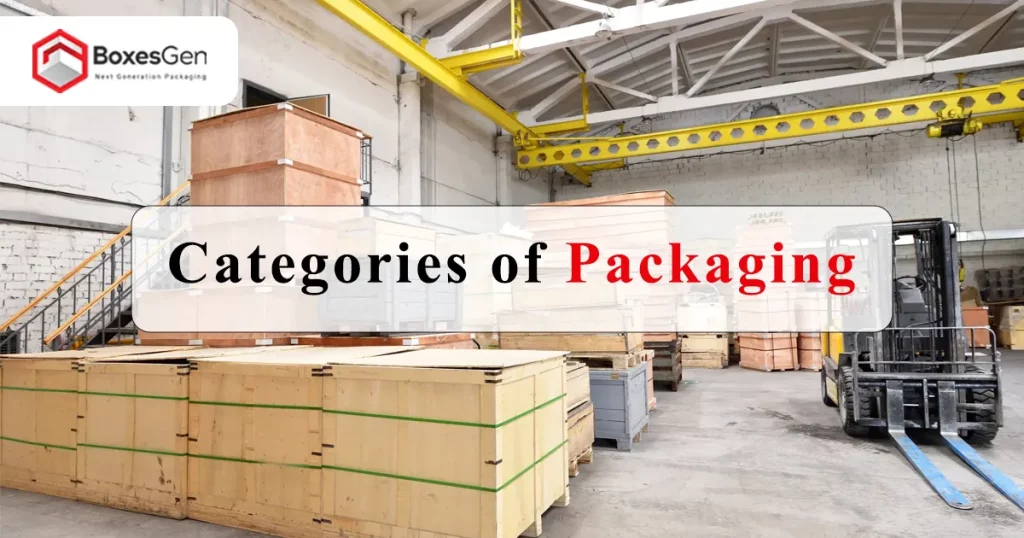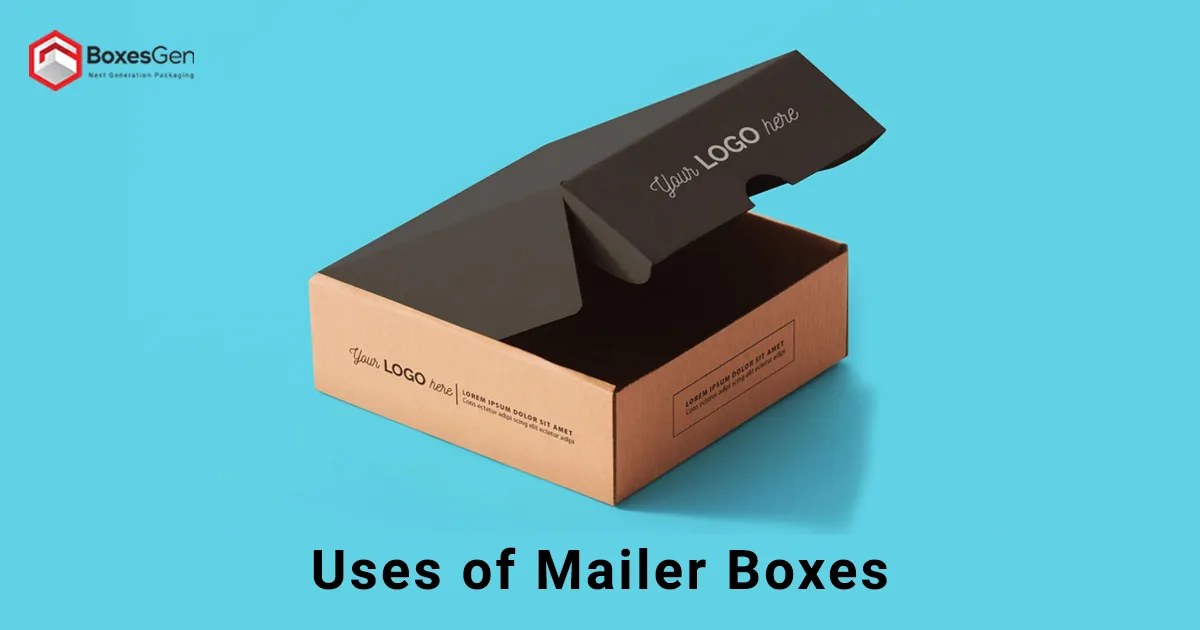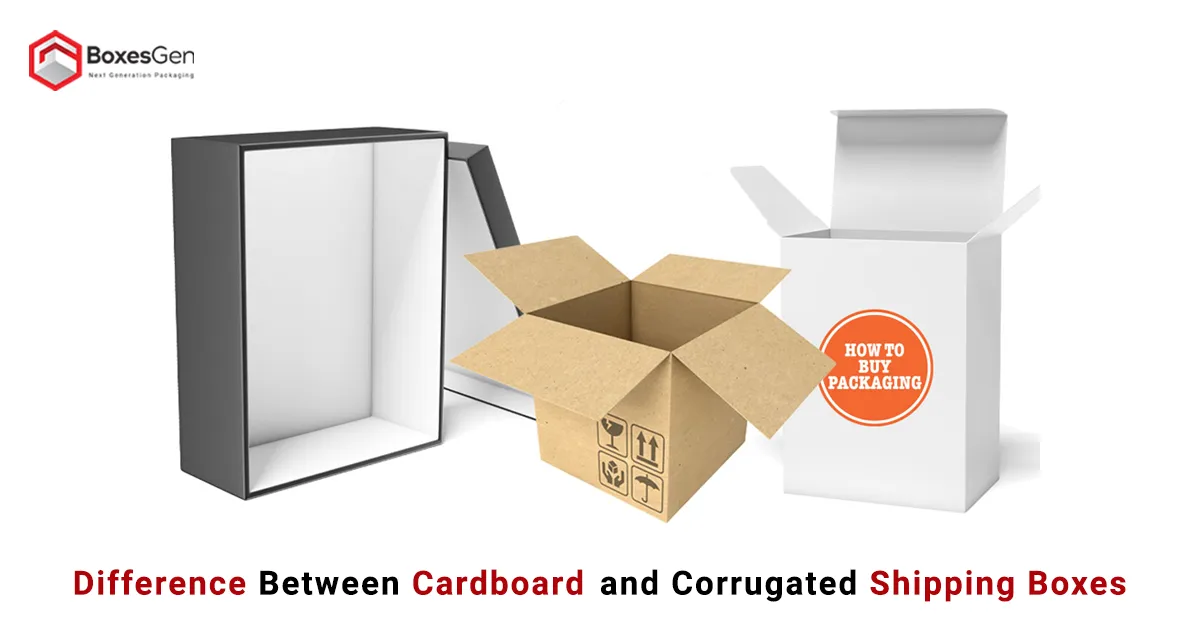Categories of Packaging
Packaging plays a crucial role in protecting, preserving, and presenting products to consumers. It goes beyond merely enclosing items; it serves as a marketing tool, increases shelf appeal, and ensures the safe transit of goods. Packaging comes in various forms, each designed for specific purposes. Let’s explore the diverse categories of packaging that contribute to the efficiency and aesthetics of the supply chain.
Primary Packaging
Primary packaging is the immediate layer surrounding a product. Its primary functions include protecting the product from external factors, providing information, and serving as a means of application or dispensing. Materials commonly used for primary packaging include plastic, glass, aluminum, and coated paper. Each material possesses unique properties that make it suitable for specific products.
Secondary Packaging
Secondary packaging is the next layer of protection beyond primary packaging. It serves both practical and aesthetic purposes. This category includes custom boxes, cans, wrappers, bags, and more. Secondary packaging not only provides an additional barrier against damage but also acts as a canvas for branding and promotional messages. Packaging manufacturers often use this layer to increase the visual appeal of their products on the retail shelf.
Tertiary Packaging
Tertiary packaging is designed for the bulk handling and transportation of multiple units of primary or secondary packaging. Pallets, euro containers, and jute bags are examples of tertiary packaging. This category focuses on streamlining logistics and ensuring the safe transit of products from manufacturing facilities to distribution centers and eventually to retailers.
Plastic Packaging
Plastic is a popular material for packaging due to its versatility, lightweight nature, and cost-effectiveness. It is used in both primary and secondary packaging, providing excellent protection against moisture and contaminants. Plastic packaging comes in various forms, such as bottles, containers, and bags, making it suitable for a wide range of products from food to electronics.
Glass Packaging
Glass packaging exudes a classic and premium feel while being fully recyclable. It is commonly used for beverages, cosmetics, and pharmaceuticals. The inert nature of glass ensures that it does not react with the contents, preserving the product’s quality. However, its weight and fragility make it less suitable for certain applications compared to plastic or metal.
Metal Packaging
Metal packaging, primarily aluminum and steel, offers strength and durability. Aluminum, in particular, is lightweight, corrosion-resistant, and can be easily recycled. It is commonly used for beverage cans, food containers, and pharmaceutical packaging. The barrier properties of metal provide protection against light, moisture, and oxygen, increasing the shelf life of products.
Paper and Cardboard Packaging
Paper-based packaging, including corrugated cardboard boxes and paperboard, is known for its sustainability and versatility. Corrugated cardboard is widely used for Small Shipping boxes due to its strength and cushioning properties. Paperboard, on the other hand, is suitable for various folding cartons and packaging solutions. The recyclability and biodegradability of these materials contribute to their popularity in eco-conscious packaging strategies.
Adhesive Aluminum Foil Packaging
Adhesive aluminum foil is a specialized form of packaging that combines the flexibility of foil with the convenience of adhesive sealing. This category is commonly used for pharmaceutical blister packs, ensuring the protection of sensitive medications from light, moisture, and external contaminants. The impermeable barrier provided by aluminum foil increases the shelf life and efficacy of pharmaceutical products.
Coated Paper Packaging
Coated paper packaging involves the application of a thin layer of coating to paper, increasing its strength, moisture resistance, and printing capabilities. This category is often utilized for high-end packaging, such as Luxury Boxes and promotional materials. The coating not only provides a polished appearance but also serves practical purposes, making the packaging more durable and resistant to environmental factors.
Industrial Packaging
Industrial packaging caters to the unique requirements of bulk products, machinery, or specialized items. This category includes pallets, crates, and custom containers designed to withstand the challenges of industrial shipping and storage. Industrial packaging plays a crucial role in ensuring the safe and efficient handling of heavy or large-scale items throughout the supply chain.
Flexible Packaging
Flexible packaging is characterized by its pliability and adaptability. It includes materials such as plastic films, foils, and laminates that can conform to the shape of the product. This category is prevalent in the food and snack industry, offering convenience and resealability. Flexible packaging minimizes material usage, reduces transportation costs, and often provides a longer shelf life for perishable goods.
Barrier Packaging
Barrier packaging focuses on creating a protective shield against external elements that can compromise the product’s quality. This category includes materials with improved barrier properties, such as aluminum foil, metallized films, and multilayer laminates. Barrier packaging is commonly employed in the food and pharmaceutical industries, preventing the penetration of moisture, oxygen, and light to maintain product freshness and integrity.
Ancillary Packaging
Ancillary packaging includes additional elements designed to improve the user experience or provide supplementary functionality. Examples include handles, dispensers, and Labels. While these components may not be the primary layers of packaging, they contribute to the overall usability and convenience of the product, making it more appealing to consumers.
Boxes
Boxes are one of the most common and versatile packaging solutions available. They come in various shapes and sizes, providing a sturdy and protective enclosure for a wide range of products. From corrugated cardboard boxes for shipping to elegant Gift Boxes for presentation, this category caters to diverse needs.
Cans
Cans are a robust and reliable packaging option, typically made from materials like aluminum or steel. Commonly used for beverage and Food Packaging, cans provide an effective barrier against external elements, ensuring the freshness and integrity of the enclosed products.
Wrappers
Wrappers serve as a protective layer around products, safeguarding them from external factors while also adding an element of aesthetic appeal. This category includes materials like paper, plastic, or foil, each chosen based on the product’s requirements.
Bags
Bags are a convenient packaging solution, offering ease of use and portability. They come in various forms, including plastic bags, paper bags, and reusable fabric bags. The choice of material depends on factors such as the product’s nature, weight, and environmental considerations.
Cling Film
Cling film, or plastic wrap, is a thin plastic material commonly used for wrapping food items. Its primary purpose is to preserve freshness by creating a barrier against air and moisture. Cling film is a versatile packaging option due to its transparency, allowing consumers to easily identify the contents.
While cling film is widely used for food packaging, advancements in technology have led to the development of specialized cling films for industrial and medical applications. These films may offer additional features such as UV resistance, antimicrobial properties, or increased tensile strength.
Corrugated Fiberboard
Corrugated fiberboard, as mentioned earlier, is not limited to box construction. It serves as a versatile material for various packaging solutions. The unique structure of corrugated fiberboard, with its fluted inner layer, provides strength and resilience, making it suitable for different packaging applications.
Euro Container
Euro containers, made from corrugated fiberboard, are a popular choice in the logistics and manufacturing industries. These containers are stackable and nestable, optimizing storage space and streamlining the transportation of goods. Their versatility makes them an essential component in supply chain management.
Jute
Jute, a natural fiber extracted from the jute plant, is gaining recognition as a sustainable packaging solution. Jute bags, in particular, have become a popular choice for environmentally conscious businesses and consumers alike. These bags are not only biodegradable but also renewable, as jute plants grow quickly.
The use of jute in packaging extends beyond bags; it is also employed in the creation of eco-friendly wraps and pouches. The natural aesthetics of jute add an earthy and organic touch to the packaging, aligning with the growing demand for sustainable and visually appealing solutions.
Pallets
Pallets are an integral part of the logistics and supply chain infrastructure. These flat structures, often made from wood or plastic, provide a stable foundation for stacking and transporting goods. Palletized packaging allows for efficient handling of products, reducing the risk of damage during loading and unloading processes.
Wooden pallets are the traditional choice due to their strength and durability. However, plastic pallets are gaining popularity for their lightweight nature, resistance to moisture, and ease of cleaning. The choice between wooden and plastic pallets depends on factors such as the type of product, transportation method, and environmental considerations.
Aluminum
Aluminum packaging offers a combination of lightweight construction and robust protection. It is commonly used for beverage cans, food containers, and pharmaceutical packaging. The inherent properties of aluminum, including corrosion resistance and impermeability to light and oxygen, make it an ideal choice for preserving the freshness and quality of various products.
Aluminum foil, a thin and flexible sheet of aluminum, is widely used for wrapping and sealing food items. Its ability to create a protective barrier against external elements while maintaining the product’s integrity has contributed to its prevalence in the food packaging industry.
Chipboard
Chipboard, a type of paperboard made from recycled paper, is an eco-friendly packaging option. Its composition makes it sturdy and versatile, suitable for various applications ranging from product packaging to point-of-sale displays. The sustainable nature of chipboard aligns with the growing demand for environmentally responsible packaging solutions.
While chipboard is commonly associated with boxes, its applications extend to other Types of Packaging. Chipboard is often used for creating folders, sleeves, and dividers within packaging, providing additional structural support and organization.
Conclusion
The world of packaging is diverse and ever-evolving, with each category serving a specific purpose in preserving, protecting, and presenting products. From the sturdiness of boxes to the convenience of bags, the aesthetics of wrappers, and the sustainability of materials like jute and chipboard, each type of packaging contributes to the overall consumer experience. Understanding the characteristics and applications of these packaging categories is crucial for businesses seeking to optimize their supply chain, reduce environmental impact, and meet the evolving demands of consumers in a dynamic market.








